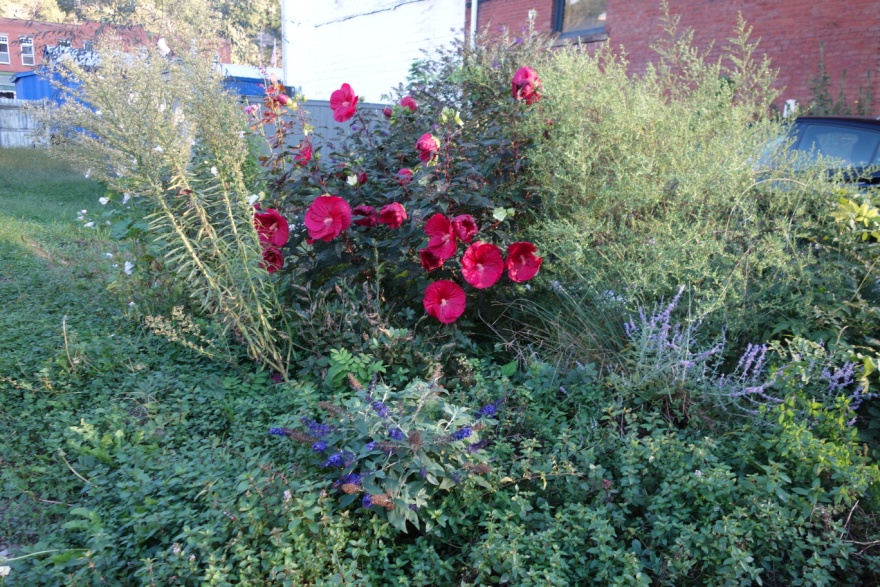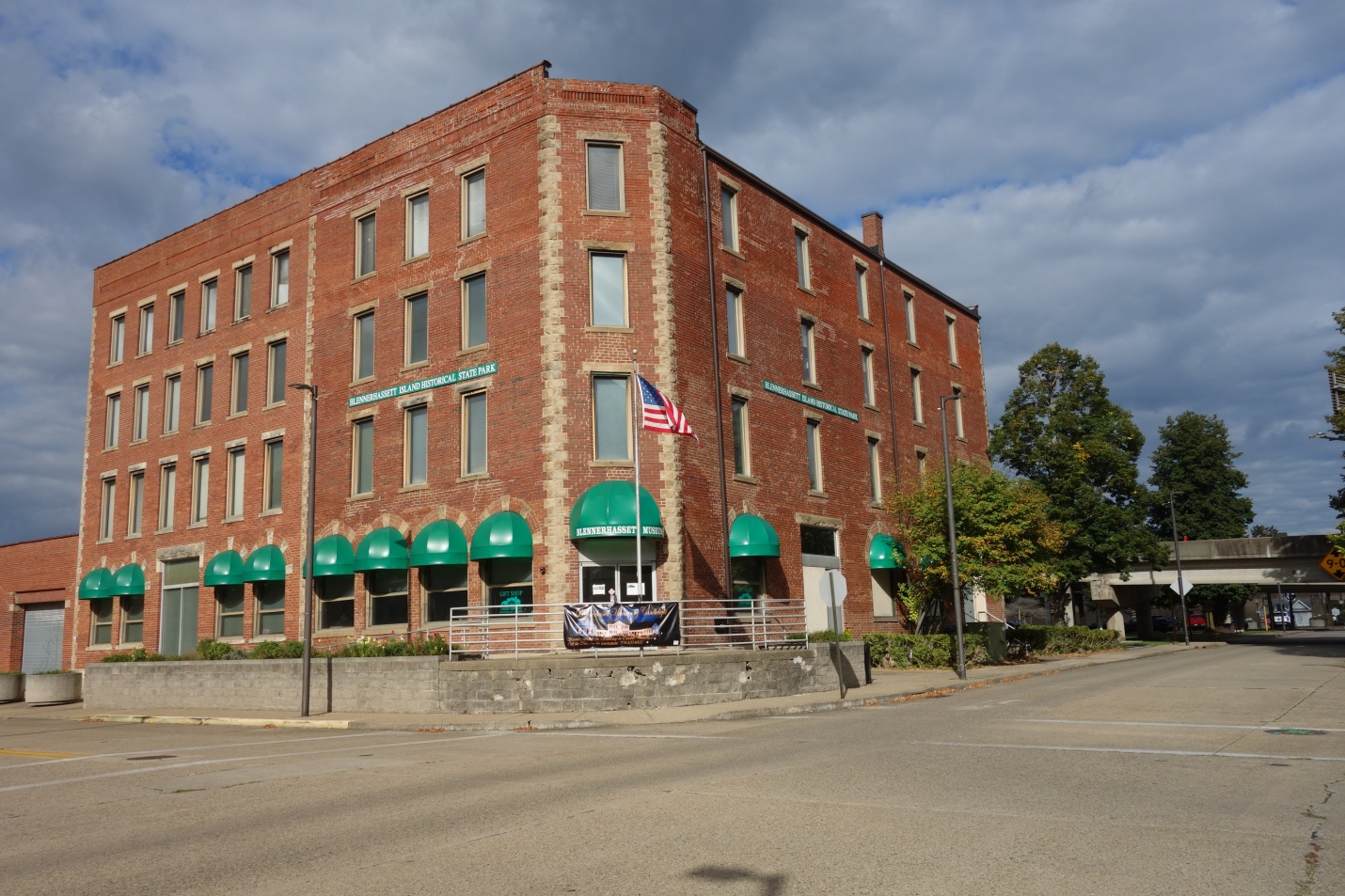
“Almost Heaven….”
Wild & Wonderful
Some of our readers live in West Virginia and they have the luxury of exploring the wild and wonderful State at their leisure. Others of us have visited many times, explored the Rails to Trails and other hiking trails, and seen mink in the wetland., We know for certain that black bears wander the hills and hollers. There are also woodchuck, big-eared bats, gray fox, otters, and bobcats. It is truly a wild and gorgeous state.
But it is the people which make West Virginia exceptional. They live in small towns and hamlets, in the hollers with their homes backed against the rocky hillsides, and in the cities and metropolitan areas all across the rugged landscape. We have met people from all walks of life in West Virginia. But we never met a stranger there.
Some of our readers have never had the opportunity to visit what for many years was the toy marble capital of the world. This story is a travelogue. We hope that you gain some flavor of the State whether you are a native or if you have never had the chance to visit.
On a Mission
This was to be our last long ride. The entire trip was over 2,800 miles from Mobile, Alabama. While we always have a wonderful time in West Virginia, this visit was twofold.
First, we wanted to see our marble friends one last time and we wanted to participate in one last marble fest. And second, we have reached that point in our marble collecting which we discuss in detail in Chapter 6 “To Have and to Hold: A Cautionary Tale for Marble Collectors” in our book The Secret Life of Marbles. It is time to think about divesting some of our marble collection.
We accomplished both goals and we had a wonderful time along the way. We took photographs which we hope will convey some small flavor of what West Virginia is all about.

Bluefield: Across Princeton Avenue from the Railroad Yard
On the Road
Our first stop, and an overnight stay, was Bluefield in Mercer County. The town of some 10,000 people was first settled in 1777. We understand that the name was taken from the nearby blue chicory plants. This is the same plant which is often used to make “coffee”.
In the early 1880s Bluefield experienced a “coal rush” when the Pocahontas coalfield was mined commercially. The Norfolk and Western Railway built yards in town. Beehive coke ovens were also built. It was discovered that coal from some of the Pocahontas seams is among the best coal in the world.[1]
Coal and the rail lines are still important in Bluefield, but they also produce food and wood products. And the town is home to Bluefield State College. We don’t believe that Bluefield ever made glass.
There are some handsome old homes with beautiful lawns nestled on the hills in Bluefield. But, on a personal note, we couldn’t find anything to eat! Our hotel gave us a list of seven restaurants and we drove to each to find it closed, moved, or out of business. We know that there is a venue downtown near the rail yard which has live music, burgers, milkshakes, and even cocktails! We found it, but perhaps we were too early for dinner! We finally ate at Mercer Mall.
Sadly, the next day we found that the two antique stores downtown were also closed and that one had sold all of its antiques and collectibles.
On the Road Again
As we drove further north we shopped in Princeton and spent the next night in Beckley. Then on to Mabscott and into Charleston and South Charleston. We had a wonderful time shopping and eatin in South Charleston. South Charleston, in Kanawha County, is relatively young: it wasn’t founded until 1917. However, there have been people in the Valley for about 10,000 years. “The Early Woodland Indians who lived in the Kanawha Valley were called the Adena People or the Mound Builders. They lived here from 2,500 to 2,000 years ago and during this time they constructed hundreds of earth and stone mounds in the Valley. “[2]
The South Charleston mound is one of the finest urban mounds that we have ever seen.
 The Criel Mound, South Charleston
The Criel Mound, South Charleston
The age of the Criel Mound is uncertain, but it belongs to the Adena Culture & it dates to about A.D. 1. While there were once a number of mounds in the Charleston area, this one & the Cemetery Mound at Sunset Memorial Cemetery are the only two left.
“Stranger to Blue Water…”
There are about 35 state parks in West Virginia and if you have not visited one you need to add a visit to your bucket list. Some of the parks, like Cacapon and Canaan Valley are Resort Parks. Most offer camping, and some have cabins and a lodge. Some parks have indoor or outdoor pools, free wireless internet, gift shops, and full-service restaurants.

Cairo
Covid and then the labor market have had some effect on the parks, but we were very happy again at North Bend State Park in Cairo.
We have always had a wonderful time hiking in the Park. While still in the park you can drive to the trail head of a feeder trail to North Bend Rail Trail.

Tunnel # 13
The B&O Railroad 6thStreet Station was built in 1883 & pushed down in 1973. There are over 35 trestles on the Trail and the old B&O railway passed through 13 tunnels. Ten remain open on the Trail. In fact, there is a high trestle with a bend just outside this tunnel which crosses Bonds Creek. And on the feeder trail and on Bonds Creek just before it joins the North Fork Hughes River, are the remains of an oil and gas well drill site. These small oil and gas well still dot West Virginia, and for many decades they provided a living to the people in small and often rustic communities all across the State.
This is a 72 mile trail which stretches from Wolf Summit near Clarkesburg to Parkersburg. It follows the old Baltimore and Ohio Rail corridor and there are small settlements, including West Union, Pennsboro, Cairo, and many more all along the way. There is farmland, high trestles, and tunnels on the old railroad. In fact, the Silver Run Tunnel (not pictured) is reported to be haunted!
 Blennerhassett Museum of Regional History, Parkersburg
Blennerhassett Museum of Regional History, Parkersburg

To the Place Where We Belong
Well, we now have our “base camp” at North Bend State Park and we are off to sale at the 2022 Marble Fest in Paden City. We haven’t met up with our old friends yet, but we will!
Check out our upcoming second installment of the story in “West Virginia Here We Come Part II”.
You might want to read more at: https://www.wikiwand.com/en/Pocahontas_Coalfield 10/12/2022 ↑
You can learn all about the indigenous people of this area in Dr. Robert F. Maslowski’s “The Kanawha Valley and its Prehistoric People.” @ https://cwva.org/pmwiki.php?n=Resources.KanawhaValleyPrehistory/ 10/17/2022 ↑

